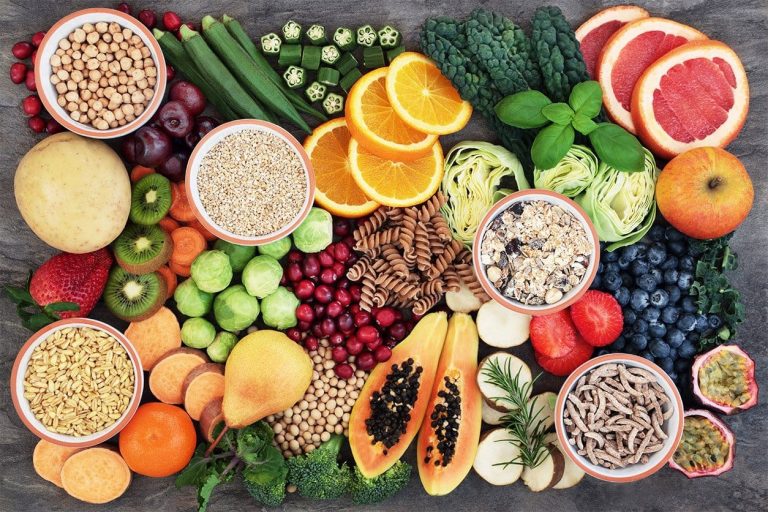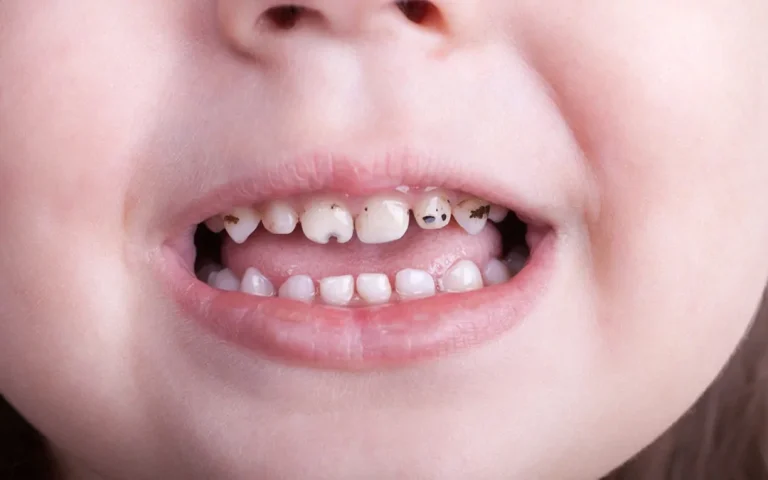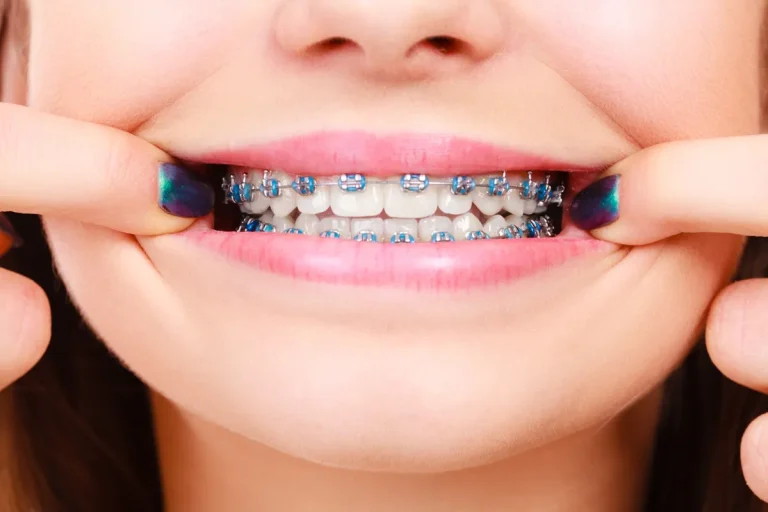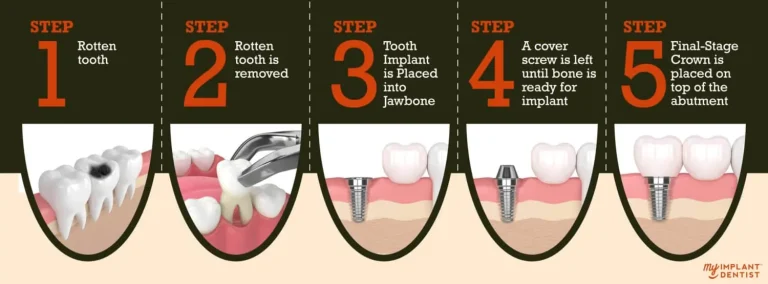How Your Diet Affects Your Dental Health: Foods to Eat and Avoid
Nutrients Essential for Strong Teeth and Healthy Gums
Let’s face it—your teeth and gums are like the unsung heroes of your body. They work hard every day, whether you’re biting into a crisp apple or flashing a smile in a selfie. But just like any hero, they need the right fuel to stay strong and healthy. That’s where your diet comes in.
Think of your teeth as a fortress. To keep that fortress standing tall, you need the right building materials. Enter calcium—the MVP of strong teeth. Calcium helps fortify your enamel, the hard outer layer that protects your teeth from decay. But calcium doesn’t work alone. It teams up with vitamin D, which acts like a delivery driver, helping your body absorb calcium more effectively. Without enough vitamin D, all that calcium-rich food you’re eating might not do much good.
Then there’s phosphorus, another key player. Found in foods like eggs, fish, and nuts, phosphorus works alongside calcium to rebuild and maintain your enamel. And let’s not forget vitamin C, the gum guardian. This nutrient keeps your gums healthy by supporting the connective tissues that hold your teeth in place. Skimp on vitamin C, and you might find yourself dealing with bleeding gums or even gum disease.
So, what’s on the menu for a tooth-friendly diet? Start with dairy products like milk, cheese, and yogurt—they’re packed with calcium and often fortified with vitamin D. Leafy greens like spinach and kale are another great option, offering a double whammy of calcium and vitamin C. And if you’re a fan of snacking, reach for a handful of almonds or a piece of fruit like an orange or strawberry.
Here’s the kicker: it’s not just about what you eat, but how often. Constant snacking, even on healthy foods, can expose your teeth to acids and sugars throughout the day. So, aim for balanced meals and limit grazing to give your teeth a fighting chance.
Bottom line? Your diet is like a secret weapon for your dental health. Load up on the right nutrients, and you’ll be well on your way to a stronger, healthier smile. And hey, who doesn’t want that?
The Impact of Sugar and Acidic Foods on Tooth Enamel
Alright, let’s talk about the not-so-sweet truth: sugar and acidic foods are like the villains in your dental health story. They might taste delicious, but they’re secretly plotting against your teeth. And here’s the thing—it’s not just the obvious culprits like candy and soda. Even some “healthy” snacks, like dried fruit or flavored yogurt, can be sneaky sources of sugar and acid.
First up, sugar. When you eat sugary foods, the bacteria in your mouth throw a party. These bacteria feed on sugar and produce acid as a byproduct. That acid is what attacks your tooth enamel, breaking it down over time and leading to cavities. It’s like a tiny demolition crew working overtime in your mouth. And the more sugar you consume, the more fuel you’re giving them.
But sugar isn’t the only offender. Acidic foods and drinks—think citrus fruits, tomatoes, wine, and even that diet soda you’re sipping—can also wreak havoc on your enamel. Acid weakens the protective layer of your teeth, making them more vulnerable to decay and sensitivity. Over time, this erosion can lead to thinning enamel, discoloration, and even cracks.
Here’s a scenario to consider: imagine you’re enjoying a glass of orange juice with breakfast, a salad with vinaigrette for lunch, and a fizzy drink with dinner. Sounds harmless, right? But all that acid adds up, and your enamel is taking the hit.
The good news? You don’t have to give up your favorite treats entirely. It’s all about balance and timing. For example, if you’re going to indulge in something sweet or acidic, try to have it with a meal instead of as a standalone snack. This helps reduce the amount of time your teeth are exposed to harmful substances. And don’t forget to rinse your mouth with water afterward to wash away some of the sugar and acid.
So, what’s the takeaway? Sugar and acidic foods might be tasty, but they come with a cost. By being mindful of what you eat and how often, you can protect your enamel and keep your smile shining bright. After all, a little caution now can save you a lot of trouble (and dental bills) down the road.
Foods That Help Neutralize Acids and Promote Remineralization
Okay, so we’ve talked about the bad guys—sugar and acid. Now, let’s flip the script and focus on the heroes: foods that can actually help neutralize acids and even repair your enamel. Yes, you read that right. Some foods can act like a natural defense system for your teeth, helping to undo some of the damage caused by those pesky villains.
First on the list? Cheese. And no, this isn’t just an excuse to eat more pizza toppings. Cheese is a powerhouse when it comes to dental health. It’s rich in calcium and phosphorus, which are essential for remineralization—the process of restoring minerals to your enamel. Plus, cheese helps stimulate saliva production, which is your mouth’s natural way of washing away acids and food particles. So, next time you’re looking for a snack, grab a cube of cheddar or a slice of Swiss. Your teeth will thank you.
Next up, crunchy fruits and veggies like apples, carrots, and celery. These foods are like nature’s toothbrushes. Their fibrous texture helps scrub your teeth as you chew, removing plaque and stimulating your gums. Plus, they’re packed with water, which helps dilute sugars and acids in your mouth. Think of it as a two-for-one deal: you’re getting a healthy snack and a mini dental cleaning at the same time.
And let’s not forget about leafy greens. Spinach, kale, and other greens are loaded with vitamins and minerals that support oral health. They’re also alkaline, meaning they can help neutralize acids in your mouth. Toss them into a salad or blend them into a smoothie for an easy way to boost your dental health.
Here’s a pro tip: if you’ve just eaten something acidic, like a citrus fruit or a soda, wait about 30 minutes before brushing your teeth. Your enamel is temporarily softened by the acid, and brushing too soon can actually cause more harm than good. Instead, rinse your mouth with water or chew a piece of sugar-free gum to help neutralize the acid and kickstart saliva production.
So, what’s the bottom line? While sugar and acid can damage your teeth, there are plenty of foods that can help fight back. By incorporating tooth-friendly options like cheese, crunchy veggies, and leafy greens into your diet, you’re giving your teeth the tools they need to stay strong and healthy. It’s like building a shield for your smile—one bite at a time.
Balanced Diet Recommendations for Optimal Oral Health
Alright, let’s bring it all together. You’ve got the scoop on the nutrients your teeth need, the foods to avoid, and the ones that can help repair and protect your enamel. Now, it’s time to talk about how to create a balanced diet that keeps your smile in tip-top shape. Because let’s be real—no one wants to feel like they’re on a restrictive diet just to keep their teeth healthy. The good news? It’s easier than you think.
First things first: variety is key. Just like your overall health, your dental health benefits from a mix of different foods. Aim to include a range of nutrient-rich options in your meals, like dairy, lean proteins, whole grains, fruits, and veggies. This ensures you’re getting all the vitamins and minerals your teeth and gums need to stay strong.
Here’s a quick guide to building a tooth-friendly plate:
- Start with calcium-rich foods: Dairy products like milk, cheese, and yogurt are obvious choices, but don’t forget about alternatives like fortified plant-based milks, almonds, and leafy greens.
- Add some crunch: Incorporate raw fruits and veggies like apples, carrots, and celery. They’re not only good for your teeth but also help keep you full and satisfied.
- Don’t skip the protein: Foods like eggs, fish, chicken, and beans are great sources of phosphorus, which works with calcium to strengthen your enamel.
- Stay hydrated: Water is your mouth’s best friend. It helps wash away food particles and keeps your saliva flowing, which is essential for neutralizing acids and protecting your teeth.
Now, let’s talk timing. It’s not just what you eat—it’s when and how often. Frequent snacking, even on healthy foods, can expose your teeth to acids and sugars throughout the day. Instead, try to stick to three balanced meals and limit snacking in between. If you do need a snack, opt for something tooth-friendly like cheese, nuts, or raw veggies.
And here’s a little secret: moderation is your friend. You don’t have to completely cut out sugary or acidic foods—just enjoy them in moderation and as part of a meal. For example, if you’re craving something sweet, have a small piece of chocolate after dinner instead of grazing on candy all afternoon.
Finally, don’t forget about the basics. A balanced diet is a huge part of maintaining good oral health, but it’s not a substitute for brushing, flossing, and regular dental checkups. Think of it as a team effort: your diet, your oral hygiene routine, and your dentist all working together to keep your smile healthy.
So, what’s the game plan? Start small. Swap out one sugary snack for a tooth-friendly alternative, or add an extra serving of veggies to your dinner. Over time, these little changes can add up to big benefits for your teeth and gums. After all, a healthy smile is worth it—don’t you think?
Conclusion
Your diet plays a starring role in your dental health, and making smart food choices can have a lasting impact on your smile. From loading up on calcium-rich foods to cutting back on sugary snacks, every bite counts. So, why not start today? Take a look at your next meal and see where you can make a tooth-friendly swap. Your teeth—and your dentist—will thank you! Ready to take the first step? Your smile is worth it.
FAQs
Q: How does sugar affect my teeth?
A: Sugar is a primary food source for bacteria in your mouth. These bacteria produce acids that erode tooth enamel, leading to cavities.
Q: What are some of the worst foods for my teeth?
A: Sticky candies, sugary drinks (sodas, juices), and refined carbohydrates (white bread, chips) are particularly harmful due to their high sugar content and tendency to stick to teeth.
Q: Are acidic foods bad for my teeth?
A: Yes, acidic foods and drinks (citrus fruits, tomatoes, vinegar, soda) can erode tooth enamel over time, making teeth more susceptible to decay.
Q: What foods are good for my teeth?
A: Foods rich in calcium and phosphorus (dairy products, leafy greens, nuts) help strengthen tooth enamel. Crunchy fruits and vegetables (apples, carrots, celery) stimulate saliva production, which helps neutralize acids and wash away food particles.
Q: How does saliva protect my teeth?
A: Saliva helps neutralize acids produced by bacteria, washes away food debris, and contains minerals that can help repair enamel.
Q: Is it better to drink sugary drinks throughout the day or all at once?
A: It’s worse to sip sugary drinks throughout the day because your teeth are constantly exposed to sugar and acid, preventing your saliva from neutralizing the effects.
Q: Does chewing gum help my teeth?
A: Sugar-free gum can help stimulate saliva production, which can neutralize acids and wash away food particles.
Q: How often should I brush my teeth to protect them from the effects of food?
A: You should brush your teeth at least twice a day, especially after meals, to remove food particles and plaque.
Q: Are fruit juices as bad as soda for my teeth?
A: Fruit juices can be almost as damaging as soda because they are often high in sugar and acidic. It’s best to consume them in moderation.
Q: What else can I do besides diet to protect my teeth?
A: In addition to a healthy diet, maintain good oral hygiene (brushing, flossing), visit your dentist regularly for check-ups and cleanings, and consider using fluoride toothpaste or mouthwash.







